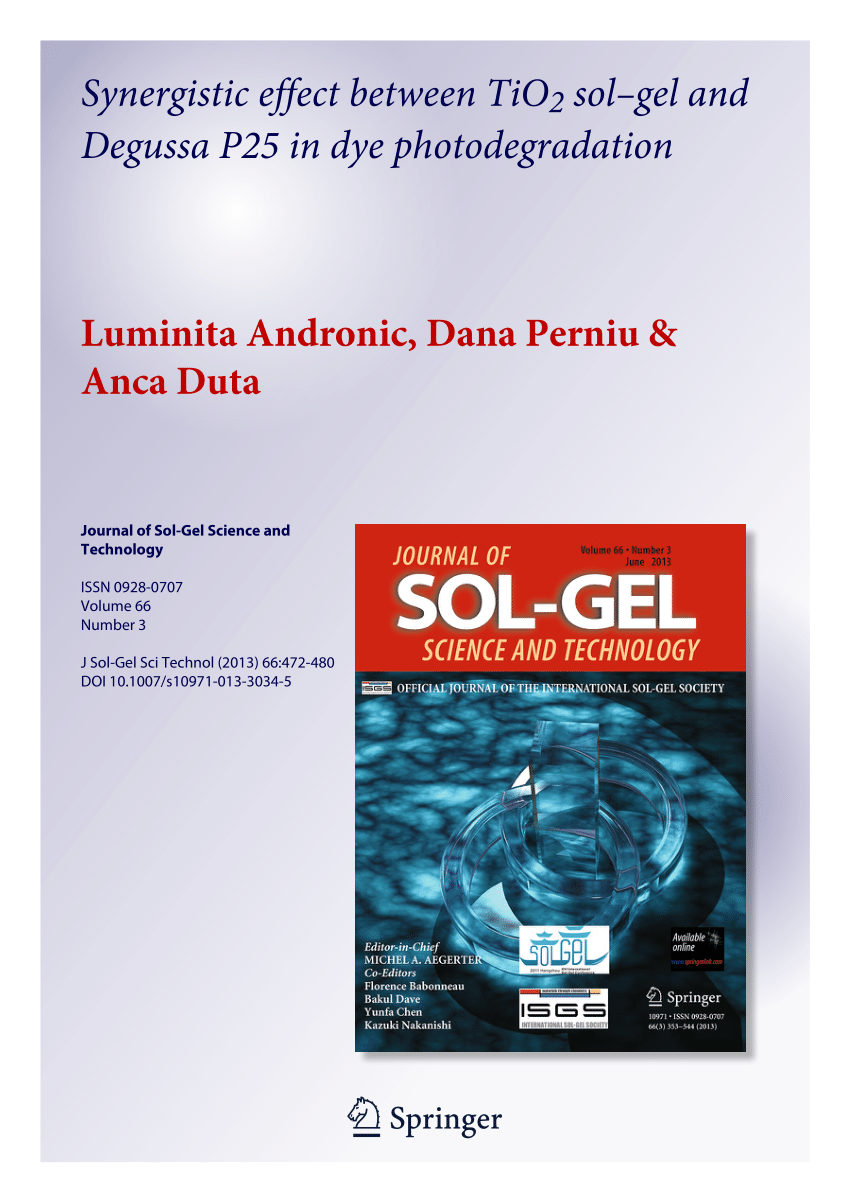Cysteine and chicken egg white Co-capped Ag-nanoclusters for efficient photocatalytic applications
Abstract
This research involved the synthesis of silver nanoclusters co-capped by chicken egg white (CEW) and cysteine for photocatalytic degradation. The determination of size and morphology of synthesized CEW and cysteine co-capped AgNCs (CC-AgNCs) have been carried out by using TEM (Transmission Electron Microscopy), XRD (X-ray diffraction), HRMS (high-resolution mass spectroscopy) and XPS (X-ray photoelectron spectroscopy) analysis. The optical properties have been studied using UV-visible and photoluminescence spectroscopy (PL). The simultaneous capping resulted in ultra-small AgNCs having average size of 2–3 nm. The HRMS indicated the formation of Ag2, Ag3, Ag5 and Ag9 clusters, while other existing methods shows nanoclusters formation having higher number of atoms. The nanoclusters formation having less atoms was due to the strong co-capping from both ligands. The synthesized CC-AgNCs displayed notably high photocatalytic degradation efficeincy for toxic methylene blue dye. The degradation efficiency of the synthesized CC-AgNCs was 88% within 60 min under irradiation by 30 W LED light, showcasing outstanding performance in comparison to the AgNCs synthesized using cysteine and chicken egg white separately as capping ligand.
Graphical Abstract
The transition of electron from HOMO to LUMO in the Ag-nanoclusters generates electron in LUMO and hole in HOMO for the photocatalytic degradation of methylene blue dye.

 求助内容:
求助内容: 应助结果提醒方式:
应助结果提醒方式:


